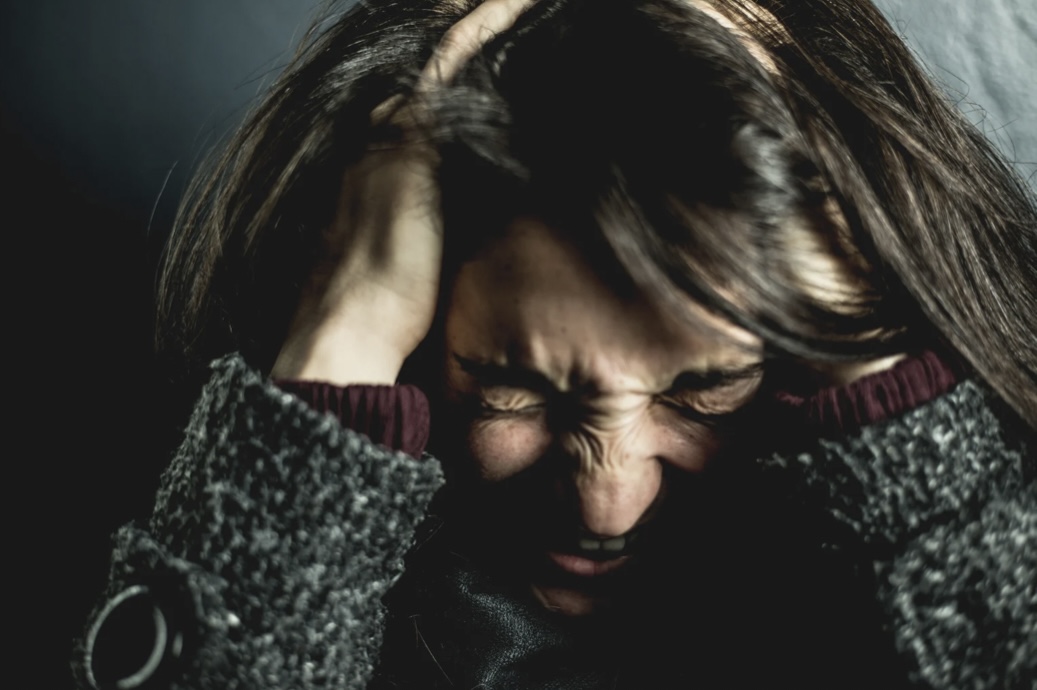Why Am I So Angry?
Understanding Secondary Emotions and When to be Vulnerable
By Adam Clement, LCMFT
It tends to be safe to assume that most people have at least witnessed someone overreact at some point, if not struggle with overreacting themselves. It is not uncommon for the reactions we have to be disproportionate to the current issue we are grappling with. In truth, an overreaction is simply a reaction we do not yet fully understand. If we are able to take the time to ask someone about their stress, upbringing, past hurts and anything else that influences their emotions, reactions start to make sense. While we may still disagree with the actions and encourage change, we can at least empathize with and meet the person where they are in life. The problems we run into in achieving this deeper understanding comes from a socially developed need to protect ourselves from being vulnerable at times where either we or those around us are not ready to handle these beautiful yet fragile insights. This leads many to wonder “why am I so angry?”
If you were to stick your hand onto something hot, before any thoughts of long term healing and being safer in the future, you are going to react to create distance from the pain. This is a necessary survival instinct. Now just because you are no longer increasing the discomfort, the initial pain does not go away and needs to be treated. This instinctual protective reaction is how we utilize secondary emotions. They are masks we put on as a means of getting away from the triggers of discomfort, but do not serve to actually heal the pain. Instead the pain lingers until the next stressful event floods our system. Secondary emotions are more akin to first aid than anything that would bring long term benefits.
Now this is not to say that secondary emotions are not necessary and helpful. It is more that they can be overused to the point of every situation seeming overwhelmed and painful due to the lack of more intentional care hence the common question, “why am I so angry?” While secondary emotions can lead to a wide range of behaviors that keep others at an emotional distance, there are two categories of emotion that the protection comes from: happy and mad.
Mad is likely the more obvious of the two. While anger is a loud emotion in the sense that people can usually tell if someone is upset, it is very unclear in its ability to communicate. When someone is past a certain level of anger, they are no longer able to listen effectively and are instead trying to dominate the tone of engagement. Whether through aggressive looks, raise tone of voice, threatening behavior or leaving the situation entirely, anger is good for one thing and that is to create enough space for us to feel safe. Unfortunately, we do not always do a good job of inviting back in the behaviors and support we need. Anger, while a completely valid emotion, only serves to protect and we require vulnerability to let someone in to better understand us.
Happiness is the less obvious but not less dangerous secondary emotion if left unchecked. For example, consider if you have ever said you were “fine” to someone when it was not true. Everyone is interested in engaging when things are simple and lighthearted, but not everyone wants to or has an emotional strength at present to go through the more difficult aspects of life with you. When we are truly content and around people we trust, conversations flow freely. When people say “fine” or “good” or any positively sounding one word answer, what we mean is that you are not the person I want to open up to or more likely now is not the right time. Most people that try to be thoughtful and not burden others will put on a smile or politely recuse themselves when troubled. Unfortunately, attempting to seem happy rather than being vulnerable and allowing others to help is what leads to addiction and compulsive behaviors that create short term reprieve from stress with long term consequences.
Both happiness and anger serve to keep us from breaking down. They are useful skills for getting us through the day and being able to continue to function in a society that encourages overfunctioning and discourages vulnerability. However, when overused, they can allow for aggregation of other emotions that will become more difficult to contain and are likely to boil over. An important skill to develop is to recognize which of the two secondary emotions we turn to the most for safety. From there we can start to ask the question, “what else do I feel?” instead of why am I so angry?”. Once we are able to identify our primary experiences, we can start to heal and the need for more dramatic reactions diminishes. This allows us to create alternate, and less damaging, coping behaviors that follow immediate responses of happy and angry. Simple examples are asking for 5 minutes to breathe and then expressing more vulnerable emotions or apologizing later for saying we were fine because others were around at the time we were asked.
If you feel like you are constantly irritable or are tired from convincing everyone that you are “OK”, please reach out to us at Doors of Hope. Our team of therapists are here to help you develop healthy ways to process and manage your emotions. Contact us today.

